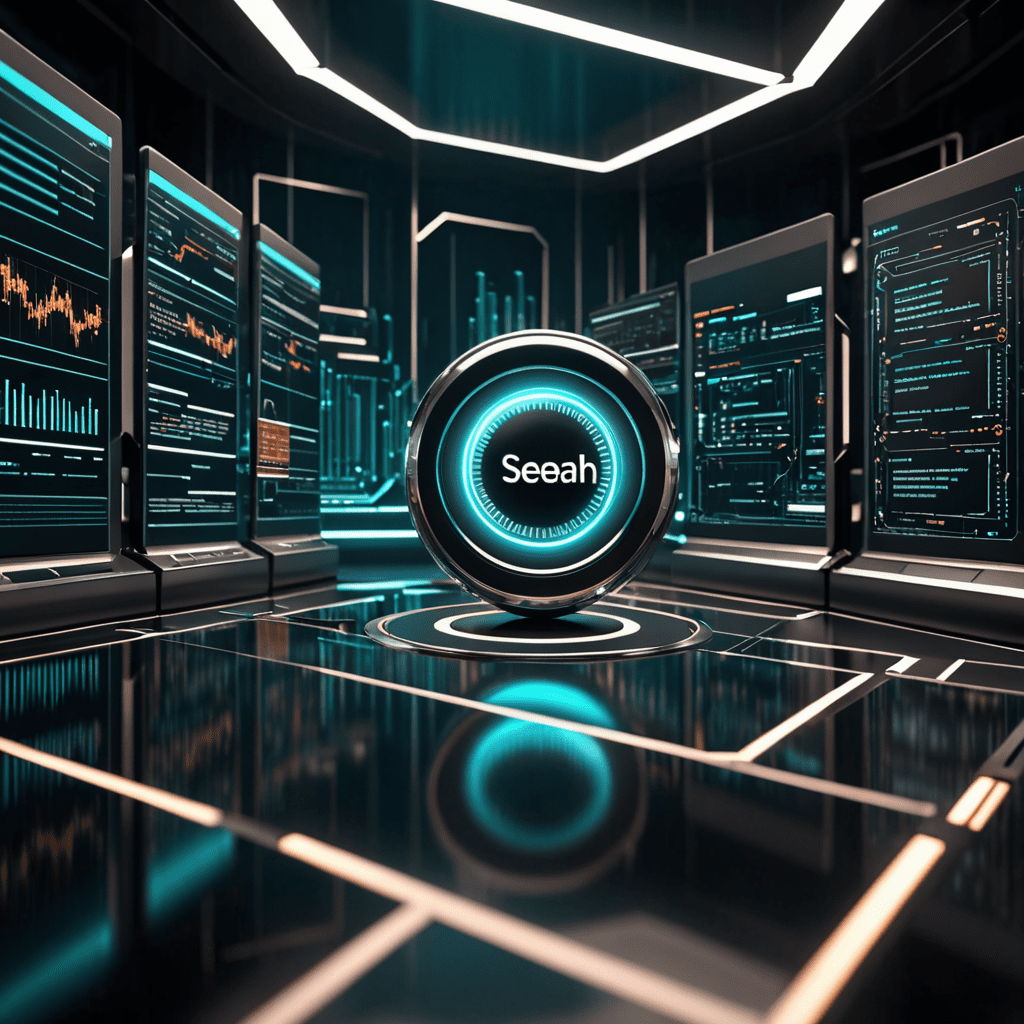Unveiling the Innovation: Understanding Headless Technology and Its Impact
What is Headless Technology?
Headless technology refers to a modern approach in web development where the front-end and back-end of a website are decoupled. This means that the content management system (CMS) is separated from the presentation layer, allowing for more flexibility and agility in delivering content to various platforms.
The Traditional vs. Headless Approach
In traditional web development, the front-end and back-end are tightly integrated. Content is created and managed within the same system that controls how it is displayed. On the other hand, headless technology enables content to be stored and managed separately from how it is presented, allowing for greater customization and scalability.
Key Components of Headless Technology
Headless technology includes various components such as a content management system, an application programming interface (API), and a separate front-end delivery layer. The CMS allows for content creation and management, while the API serves as the bridge between the content and the front-end, enabling seamless delivery across different devices and platforms.
Benefits of Headless Technology
By decoupling the front-end from the back-end, headless technology offers several advantages. It allows for greater flexibility in delivering content to different devices, enhances performance by reducing load times, and facilitates easier updates and maintenance. Additionally, it enables a more seamless integration with emerging technologies such as virtual reality and the Internet of Things (IoT).
Use Cases and Applications
Headless technology is increasingly being adopted across various industries. It is particularly beneficial for e-commerce platforms, where the flexibility to deliver content across multiple channels is crucial. Similarly, media and publishing companies can leverage headless technology to provide a consistent and interactive content experience across different devices.
Challenges and Considerations
While headless technology offers significant advantages, it also presents challenges. One key consideration is the need for a robust API to ensure smooth communication between the back-end and front-end. Additionally, developers and content creators may require specialized skills to fully harness the potential of headless technology.
Future Outlook: Evolving Possibilities
As technology continues to advance, the potential for headless technology is boundless. With the increasing demand for personalized and multi-channel content delivery, headless technology is poised to play a pivotal role in shaping the future of web development and content management.
Frequently Asked Questions (FAQ)
What are LSI keywords and how should they be used within the content?
LSI (Latent Semantic Indexing) keywords are terms or phrases that are semantically related to the main keyword. These should be seamlessly integrated into the content to provide context and relevance without disrupting the natural flow of the writing.
How does headless technology impact search engine optimization (SEO)?
Headless technology can positively impact SEO by improving website performance, enabling faster loading times, and providing flexibility for creating SEO-optimized content across various platforms.
Is headless technology suitable for all types of websites?
While headless technology offers numerous benefits, its suitability for a particular website depends on factors such as the content delivery requirements, scalability needs, and the expertise of the development team. It may not be the ideal choice for simple, static websites with minimal content requirements.
What are the potential drawbacks of adopting headless technology?
Some challenges associated with headless technology include the complexity of implementation, the need for specialized skills, and potential compatibility issues with certain third-party integrations. Careful consideration of these factors is essential when evaluating the adoption of headless technology.
This concludes the comprehensive insight into headless technology, shedding light on its fundamental concepts, applications, and future prospects. Embracing the decoupled approach of headless technology promises a future of enhanced content delivery, flexibility, and seamless user experiences across a myriad of digital platforms.


